Fact: If our children want to succeed in tomorrow’s world, they must learn how to code. Yes, even if they want to be lawyers, veterinarians, or writers.
Regardless of the career path they pick for themselves, learning coding will enable them to think in a different way and to acquire many different and useful 21st Century skills.
By learning how to code, your children will start to believe in themselves, they will strengthen their self-esteem and will comprehend the importance of empathy. They’re also gain understanding on how to think critically, how to problem-solve, and how to be analytical and constructive.
Entering the world of coding and programming can be fun and easy, especially if your kids decide to take their first steps in a safe, and engaging online learning environment. On the other hand, understanding all the coding terms can be challenging for some young learners (and for parents too).
Coding terminology and computer science words can be confusing for kids who are just getting familiar with the wide, fun and ever-changing world of coding.
It is true that your kids can become programmers easily. And it’s also true that they’ll be able to create their very own apps to demonstrate that dreams can become realities.
This being said, understanding what a bug is, or what an algorithm is, or exactly what a block-based programming language is, can be a little confusing at first…
The main goal of this article is to give you the most used words in the coding vocabulary. When learning these programming terms, your kids will be able to create even greater things. Then parents around the world will better understand their kids when they tell them that “after running the program, I’ve discovered a bug… and I’ll have to change the variables of the app and clean some bits in order to debug it”. Got it?

After reading this line you’ll understand the coding terms we are going to share. However, you’re sure to want your children not only comprehend this programming terminology, but to also build a game or to create an app. Ones that’ll leave all family members breathless.
So, you should seriously consider enrolling them in one of Tekkie Uni’s online, live, and fun coding lessons. You won’t regret it!
Now, are you ready? Are you ready to discover how to talk like a real programmer? Or to understand the meaning of some basic and useful coding terms? Here we go!
HOW TO TALK LIKE A PROGRAMMER
After your kids become coders, a natural need to belong will be felt. Some of them will feel that creating their very own app or knowing how to program with Java, Python, or Scratch is not enough. They’re going to want to connect with other kids.
Knowing how to talk like a programmer will enable them to better interact with their peers. This will give them a full understanding of what’s going on with their own creations and with the initiatives other young programmers are working on.
Talking like a programmer will open an ocean of possibilities to those kids who are hungry for knowledge, and for those who want to interact with people with a bit more experience, in order to become better and to create even more stunning solutions. This interaction will be smoother, more genuine, and less stressful if your kids learn the coding terminology, and apply these programming terms in the correct way, at the right time.
By joining one of Tekkie Uni’s online coding courses, your children will not only learn this terminology, but they’ll also understand how to apply it correctly. All of this while creating breathtaking apps and outstanding games.
But, how can they speak like a programmer? By being part of the programming world! The easiest way to start talking like one of them, is to be one of them.
As you know, the most effective way to learn a new language is to start practicing and talking, without the unnecessary fear of pronouncing something incorrectly. And knowing that people who have been speaking that language for a long time will help you reach a neat level.
Want to master coding terminology? Start using it… right now!
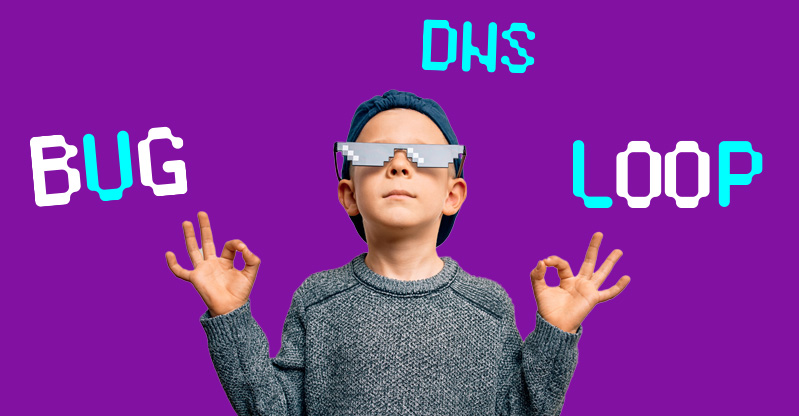
WHAT ARE SOME BASIC CODING TERMS?
Learn some coding terms that will help you start practicing right away. If your kids incorporate these coding terms into their everyday lives — or at least into their coding lessons both at school and at home — they’ll be a few steps closer to creating even greater things.
Enjoy the 12 programming terms we bring you here — and if there’s any word that isn’t listed, just let us know and we’ll make sure to explain it to you as fast as we can.
The most relevant programming terms kids and coding beginners must learn:
ALGORITHM
As we said in our article about algorithms for kids, an algorithm is the set of instructions a program will follow to do A, then B, and then C. To be more specific, it is a sequence of instructions where the main goal is to solve a specific problem or perform a certain action. It is a computer thought process.
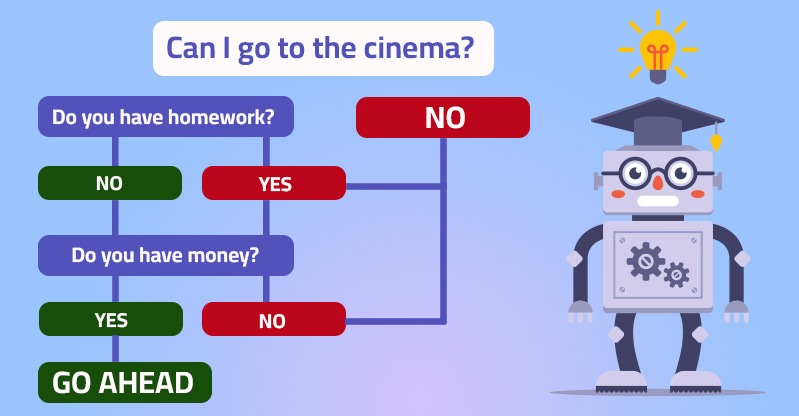
BUG
A bug is a flaw or glitch in a system. In other words, a bug is an error or fault in an app, computer program, or software that makes it produce an unexpected result or behave in a different way than the one established in the algorithm.
For example, if you click on a button that is supposed to open a new window but it doesn’t do anything, that’s a bug in the system.
Interesting fact: The first computer bug was an actual bug. In 1947, Grace Hopper and her colleagues realized that their computer was constantly making errors. When they decided to open the computer’s hardware, they saw a dead moth. Hence why we call them bugs today!
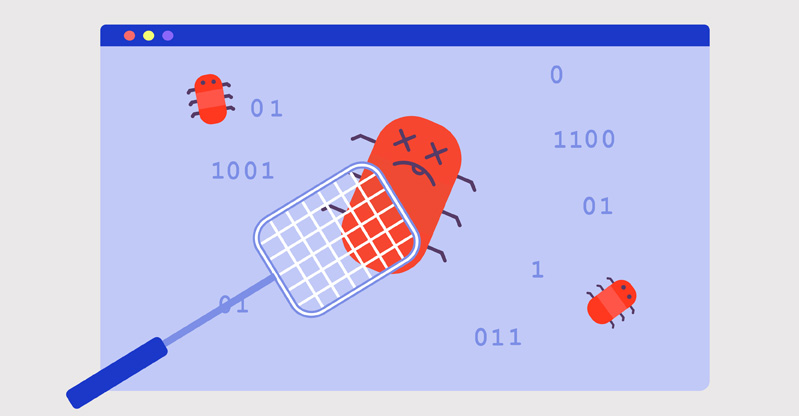
DNS
According to Wikipedia, a DNS (or Domain Name System) is a hierarchical naming system for computers, services, and other resources connected to a private network or the internet.
And according to Network World, a DNS is “(…) one of the foundations of the internet, yet most people outside of networking probably don’t realize they use it every day to do their jobs or check their email (…)”.
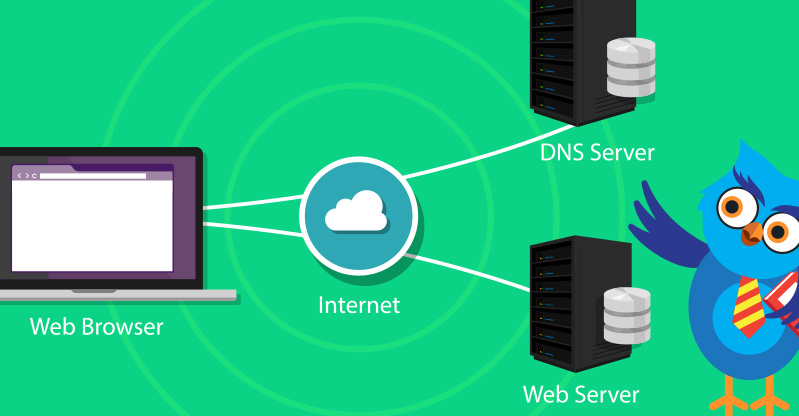
BLOCKLY (OR BLOCK BASED PROGRAMMING LANGUAGE)
Blockly is a drag-and-drop programming language, commonly used to teach kids how to code in an easy and colorful way.
Through block-based programming, kids learn the very basics of coding and sequencing, without seeing (yet) lines of code from a programming language like Java or Python. Even if these languages are behind the colorful blocks.
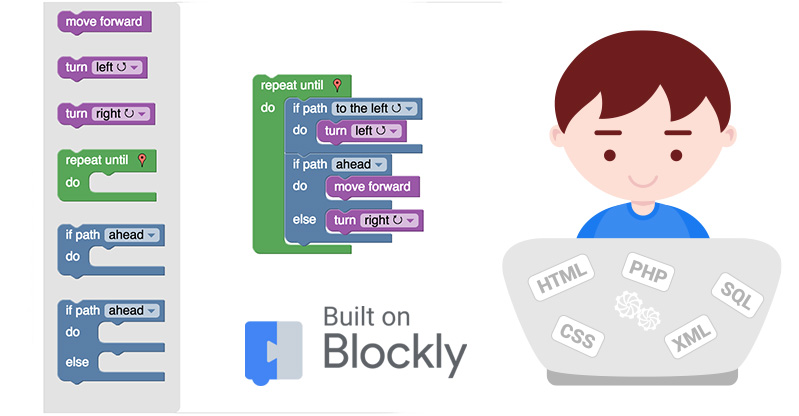
VARIABLE
This value is a bit easier to understand. In coding, a variable is a value that changes depending on the data and information the specific program receives.
In most cases, a program is made of instructions (algorithms) that tell the computer how to react and what to do, based on data and information the computer receives.
A variable is a value that can be modified as many times as necessary, depending on the data users and systems provide the specific app, program, game, or software.
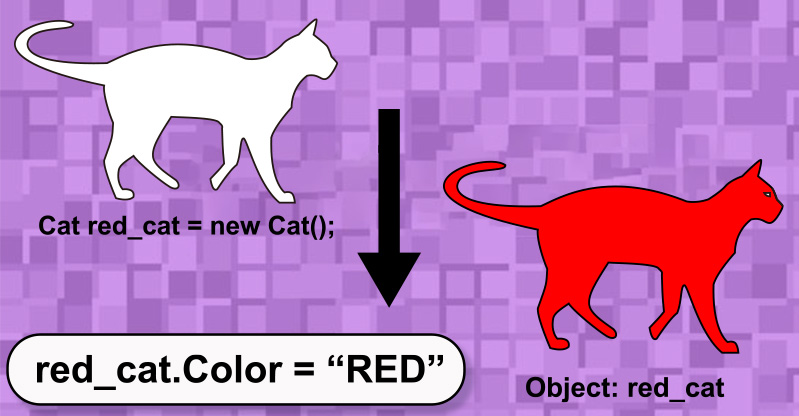
FOR LOOP
When we discuss computer science terminology, several words appear. Some of them seem familiar, and some others not that much. Even if we haven’t heard these words before, we have certainly experienced the effect of their meaning.
For loop, for example, is a control flow statement for specifying iteration. Basically, this allows code to be executed repeatedly… just like loops. Some of the apps your kids will create will need the “for loop” for their creations to do whatever they want them to do… and it is also important you know how the apps you use everyday work.
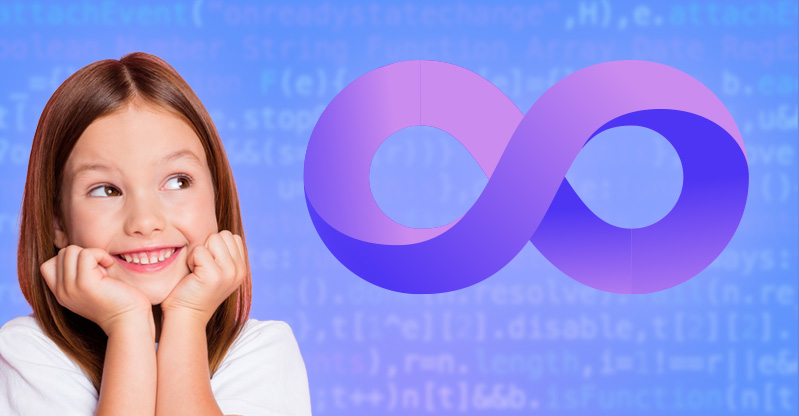
CODING
Everybody talks about coding, yet some people don’t even know what coding. Just so you know, in very simple terms: Coding is the process of creating, designing, and building (in most cases, from scratch) an executable computer program to accomplish a specific result.
Such as in making a cool app, an awesome game, or useful software.
Through coding, kids can develop and strengthen a number of 21st Century skills, such as algorithmic thinking, creativity, teamwork, and problem-solving.
COPY-AND-PASTE
This is something we’ve all used. Most likely, it is something that we do on a daily basis. We added this term here to honor and applaud the creator of this functionality.
The “copy-and-paste” function was developed many years ago by Lawrence Gordon Tesler and Tim Mott. They both specialized in human-computer interaction and did a phenomenal job.
SCRATCH
Scratch is a block-based programming language, with a friendly online community, where children from all over the world can learn how to code in a colorful learning environment.
If you’d like to learn more about Scratch, check out the blog post we published a few weeks ago and be surprised. Your kids will love this programming language, which was developed by the MIT Media Lab.
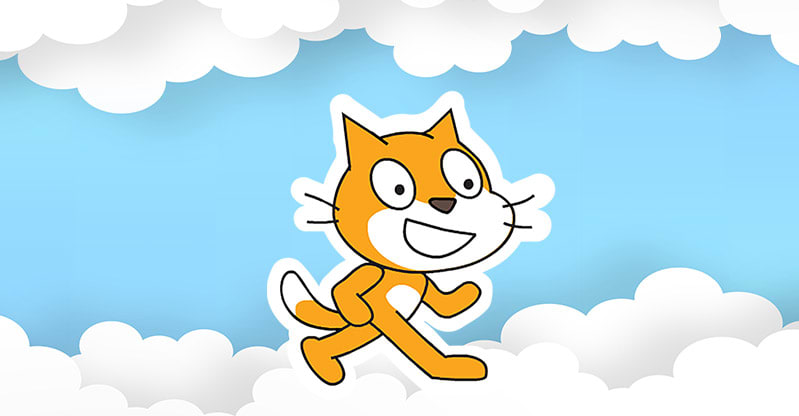
BIT
This concept is very simple, at least for programmers. In a computer, a bit is a singular unit of information that is commonly represented as a 0 or 1. In other words, it is a contraction of “Binary Digit”.
There are eight bits in a byte. A byte is best represented as, for instance, a character on your keyboard. The eight 1s and 0s end up in unique combinations to become a letter or numeral or other character, like punctuation.
This relates to binary numbers, which you can read about below.
BINARY NUMBERS
Remember “The Matrix”? Have you watched the “The Matrix Resurrections” that was recently launched? Well, we are not that far from the coding screens we saw in this spectacular film that can make your kids interested in coding.
Binary numbers in computer science are a system that uses only two digits, which are mostly 0 and 1. Actually, a Binary number is the way in which a computer or device represents information. As explained in Wikipedia, “(…) computers operate in binary, meaning they store data and perform calculations using only zeros and ones.”. Is it clear or do you need to watch Neo and Morpheus once again?
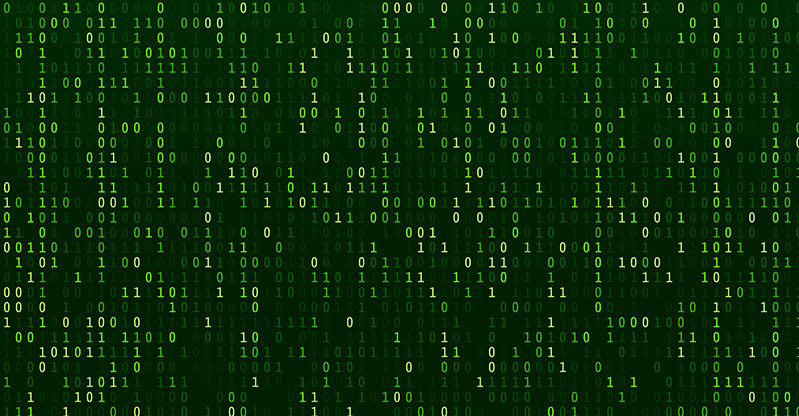
PROGRAMMING LANGUAGE
There are many languages in the world, and there are more than 700 programming languages for you and your kids to use. There is even a great selection of the best programming languages for kids, but… what really is a programming language?
A programming language is a formal language coders use, which includes numerous instructions that produce several kinds of results and output. There are programming languages that work better to create apps and others that are only used to build websites. Some coding languages are used to program robots, while others that are a bit more complex allow programmers to build entire networks and systems.
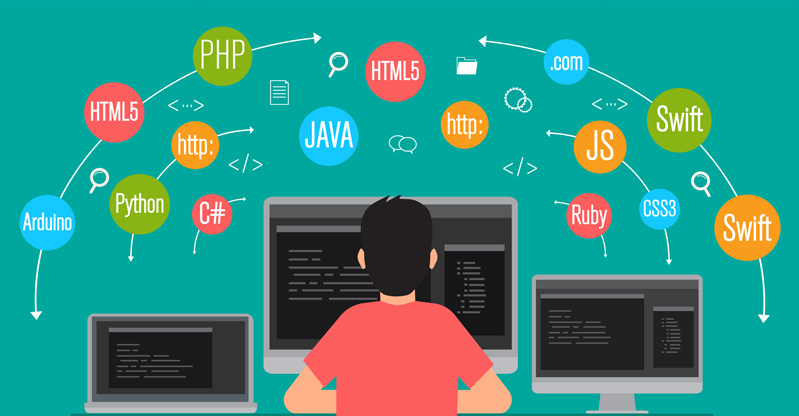
LEARN THE CODING TERMS. LEARN HOW TO CODE!
Now that you and your kids are more familiar with these 12 programming-related terms, it’s time for them to learn by doing. We could remain in theory for years, but what’s the fun in theory?
In the online courses offered by Tekkie Uni, your kids will experience hands-on lessons that are live, online, engaging, encouraging, and fun.
It’s time for your kids to transform their dreams into stunning realities through coding… and with these coding terms, they’ll really know what they are talking about.




